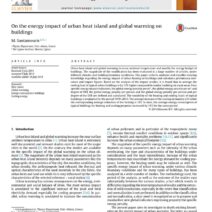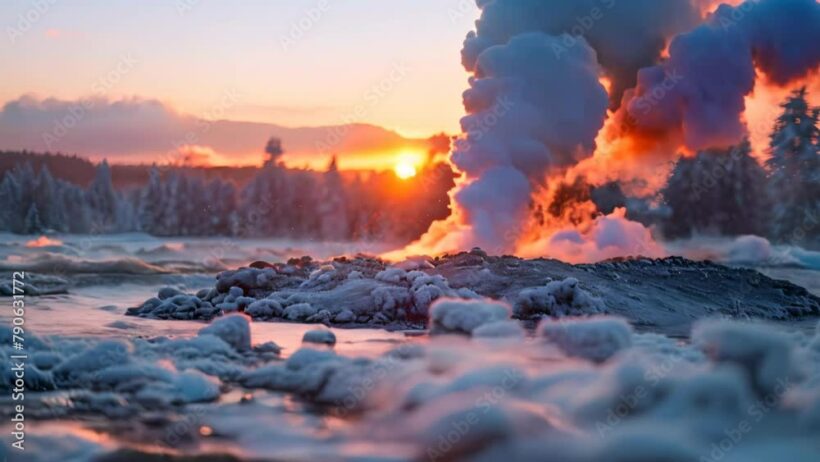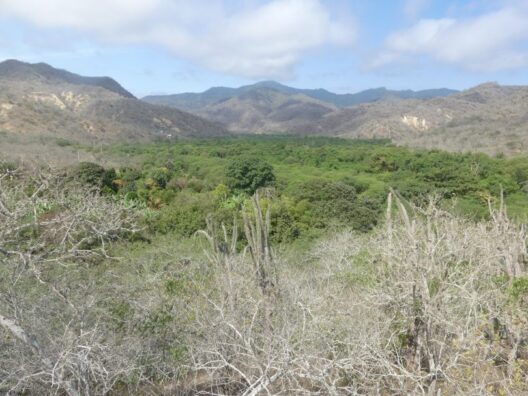Geothermal energy is a compelling alternative to conventional fossil fuels. It represents a steadfast commitment to sustainability and environmental preservation. The allure of harnessing the Earth’s own thermal energy beckons not only due to its efficiency but also because it embodies a profound connection between human activities and the natural world. The consistent temperature of the Earth beneath our feet provides an opportunity to conserve and utilize energy sustainably. This prompts a vital question: how do we effectively conserve geothermal energy while maximizing its benefits?
To delve into the conservation of geothermal energy, one must first understand its origin. The Earth’s internal heat is generated from various sources, including the decay of radioactive isotopes, friction from tectonic activities, and primordial heat left over from the planet’s formation. This geothermal energy can be harnessed in two predominant forms: direct use applications and electricity generation through geothermal power plants. Both methods require an astute understanding of the geological formations and heat flow patterns.
Geothermal heat pumps (GHPs) play a pivotal role in the conservation of geothermal energy. These systems utilize the Earth’s consistent temperature to provide efficient heating and cooling for residential and commercial buildings. By transferring heat to or from the ground, GHPs can operate at remarkably higher efficiencies compared to conventional heating systems. During winter, buildings extract heat from the ground, while in summer, they remove heat and deposit it back into the Earth. For GHPs to operate optimally, proper installation and maintenance are crucial. This includes selecting appropriate loop configurations, conducting regular inspections, and ensuring that the system is integrated effectively with the building’s existing infrastructure.
Another dimension of geothermal energy conservation involves the use of enhanced geothermal systems (EGS). EGS technology allows us to tap into geothermal resources that would otherwise be inaccessible due to low permeability of rock formations. By injecting water into these hot, dry geological formations and creating artificial reservoirs, we can significantly increase the heat extraction rates. Nevertheless, EGS requires careful regulation and monitoring to mitigate risks associated with induced seismicity and groundwater contamination. This underscores the importance of developing robust environmental safeguards and a comprehensive management framework that prioritizes ecological integrity.
The sustainability of geothermal energy also hinges on regional geothermal resource assessments. Understanding the geographical and geological characteristics of an area allows for the effective management of geothermal reservoirs. Resource depletion can occur if extraction rates exceed the natural replenishment rates. It is vital to utilize advanced modeling techniques to predict long-term productivity and adjust extraction practices accordingly. This not only conserves the resource but also extends the operational lifespan of geothermal systems, thereby ensuring economic viability.
Community engagement and education form another critical pillar in the conservation of geothermal energy. Raising awareness about the environmental benefits of geothermal energy can promote acceptance and stimulate demand for geothermal solutions. Local communities should be informed about the dual advantages of GHPs for heating and cooling, as well as the potential for local geothermal power production. Furthermore, encouraging local governments to adopt favorable policies and incentives can stimulate investment in geothermal energy projects, leading to broader implementation and innovation.
Geothermal energy conservation is not without its technical challenges. One primary concern is the management of mineral scaling and corrosion within geothermal systems. Over time, minerals dissolved in geothermal fluids can precipitate and form deposits on pipes and equipment, diminishing system efficiency. Employing advanced filtration systems, corrosion-resistant materials, and regular maintenance schedules can mitigate these issues. Research into innovative materials and coatings could also yield solutions that prolong system integrity and efficacy.
Additionally, the environmental footprint of geothermal plants demands careful scrutiny. The carbon emissions associated with the construction and operation of these facilities should be minimized. Employing sustainable construction practices, utilizing local materials, and integrating green technologies can contribute to a reduced ecological footprint. It is crucial for geothermal operators to engage in carbon offsetting initiatives, such as reforestation or habitat restoration, to further enhance the environmental benefits.
Furthermore, the intersection of geothermal energy with other renewable technologies can yield synergistic benefits. For instance, the combination of solar and geothermal resources—known as hybrid systems—offers diversified energy solutions. Such systems can augment geothermal heating during peak demand periods by utilizing solar energy. This diversification not only enhances the resilience of energy systems but also promotes the efficient use of all available resources.
Developing smart grid technologies can also facilitate the optimal use of geothermal energy. By integrating geothermal resources into the broader energy landscape, utilities can balance energy supply and demand more effectively. Smart grids enable real-time data analysis and grid management to improve the reliability of geothermal power plants. This promotes a more adaptive and responsive energy system that can accommodate varying demand patterns.
In conclusion, conserving geothermal energy is a multi-faceted endeavor that encompasses advanced technology, prudent management practices, community engagement, and innovative synergies with other renewable energy sources. Embracing a holistic approach allows society to harness the Earth’s natural heat sustainably, contributing to climate change mitigation and a cleaner, greener future. With the right strategies in place, geothermal energy stands poised to be a cornerstone of sustainable energy solutions, ensuring a harmonious relationship between human progress and environmental stewardship.







